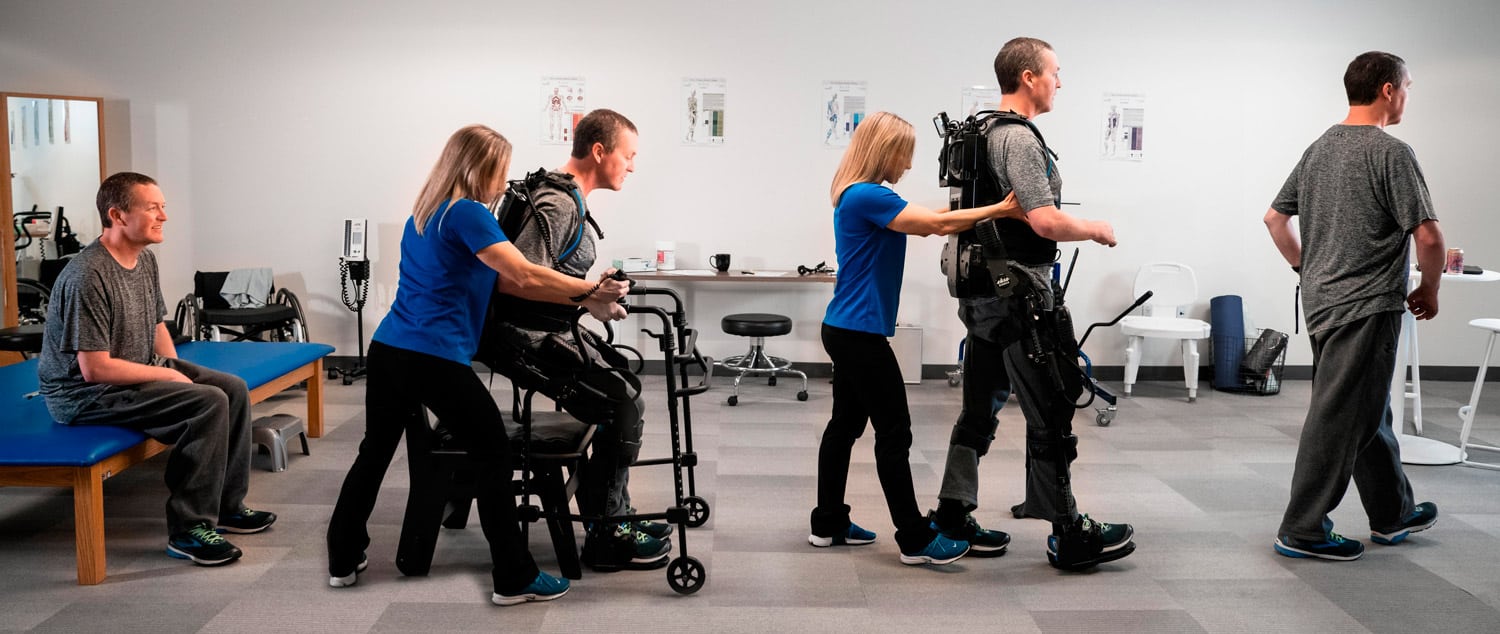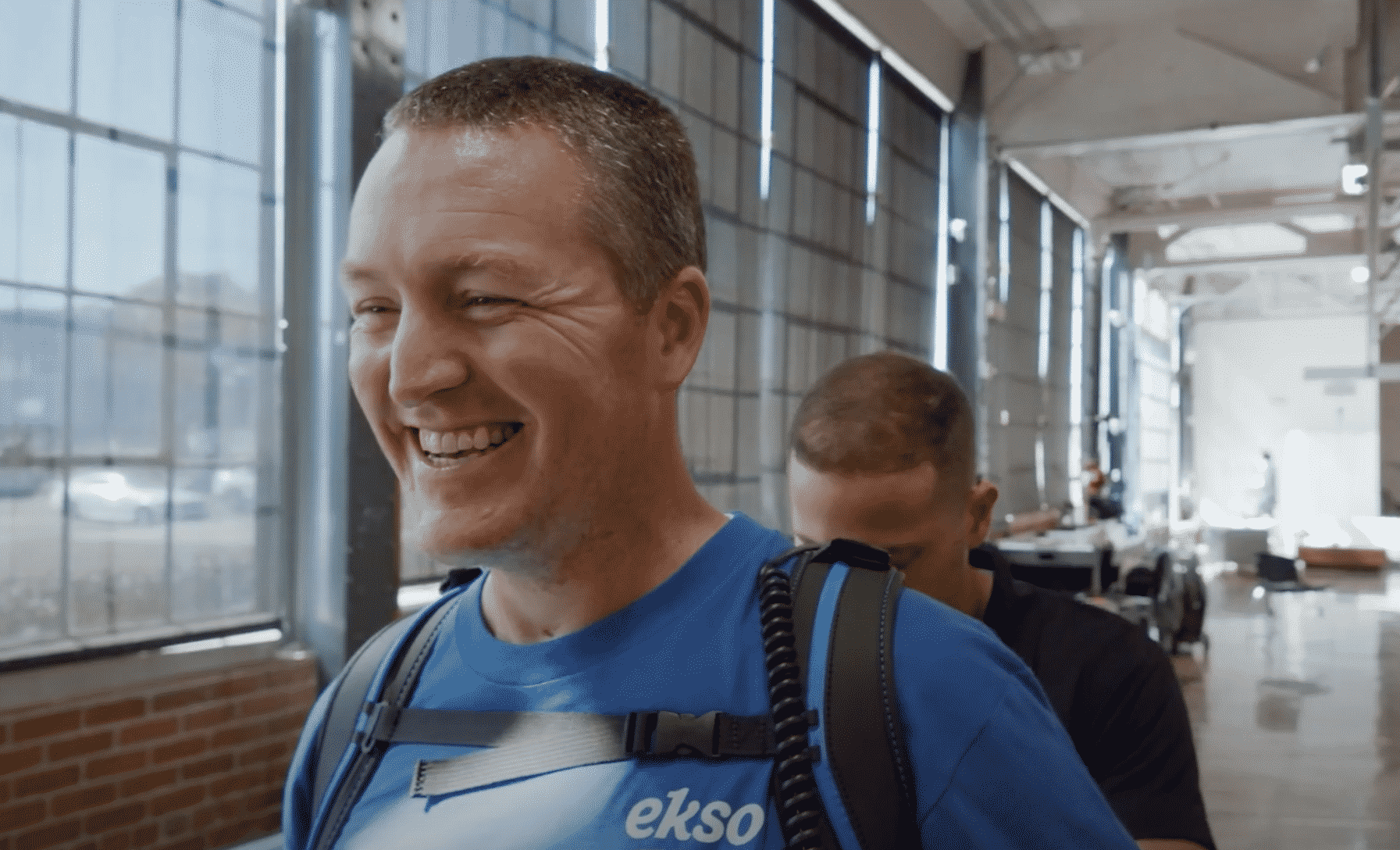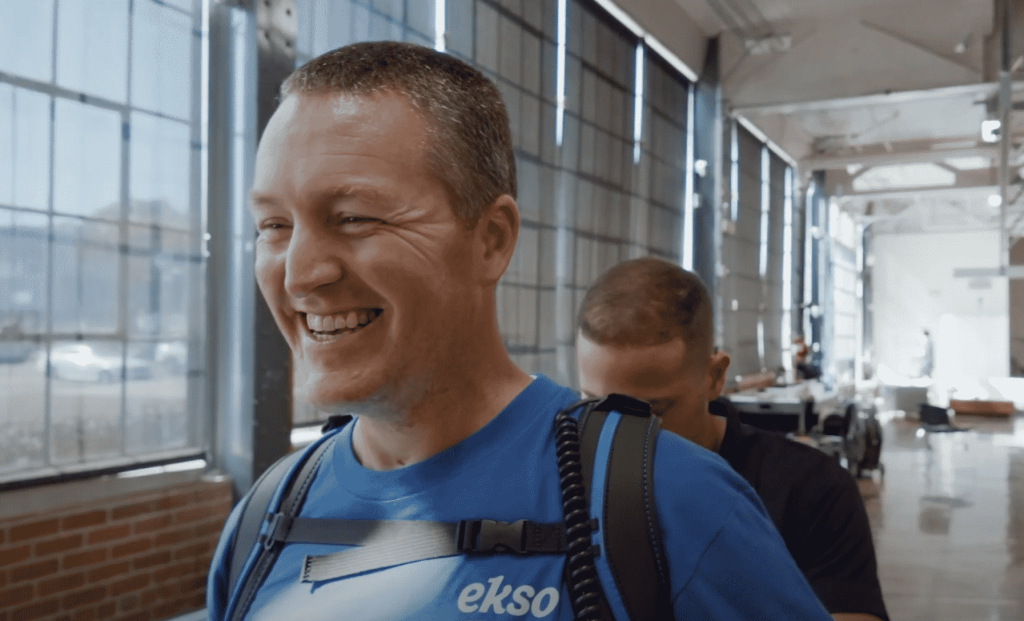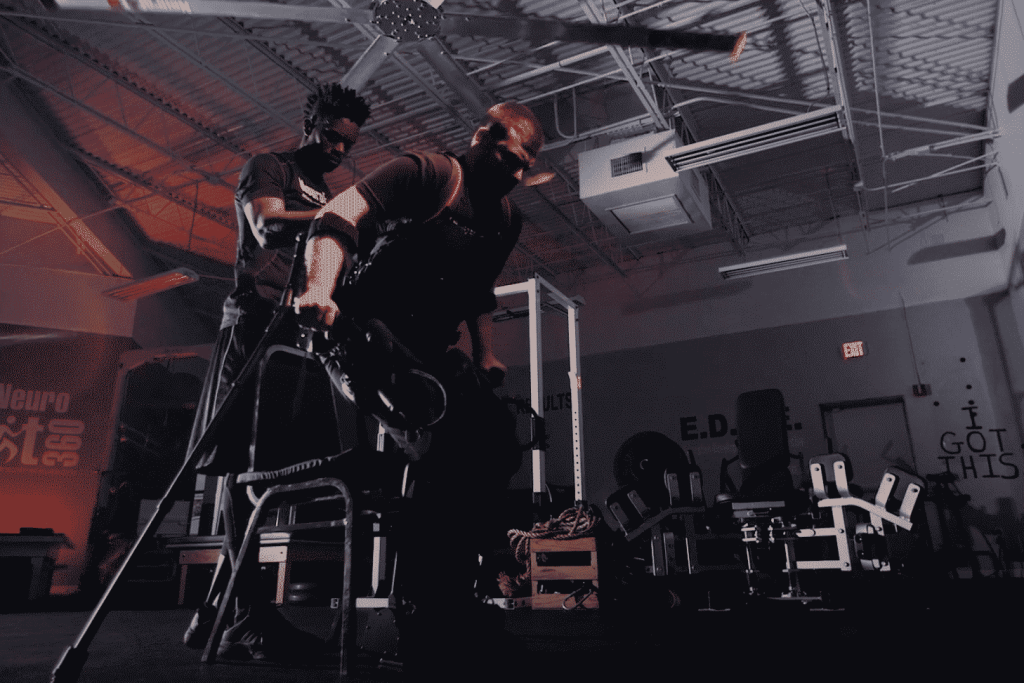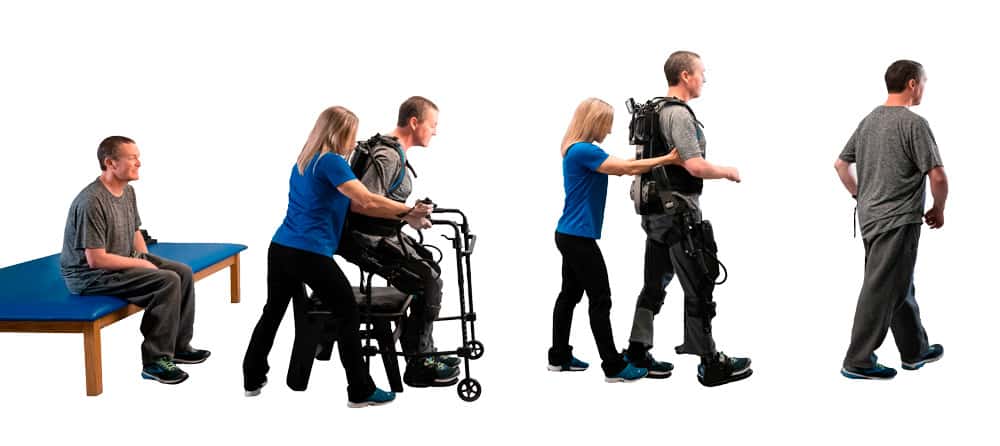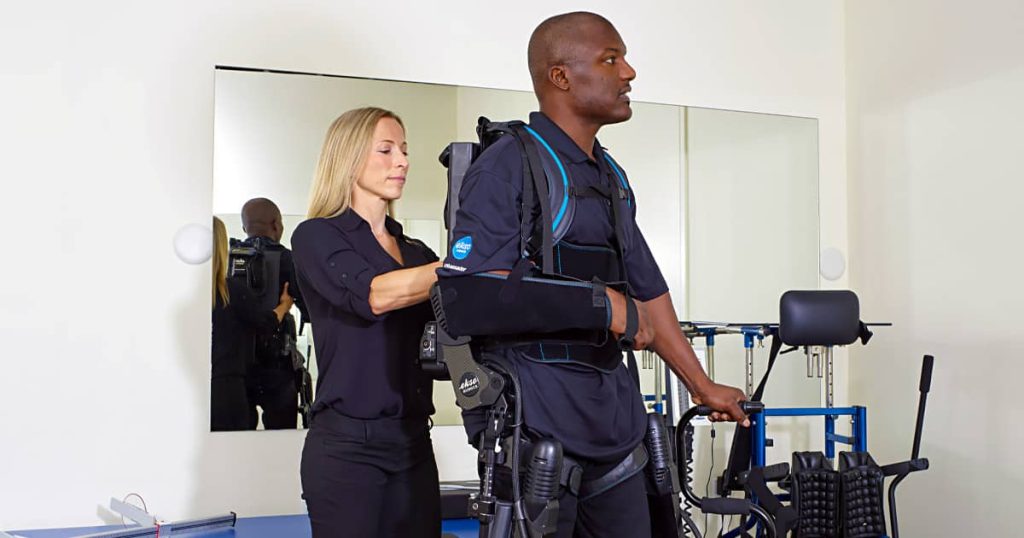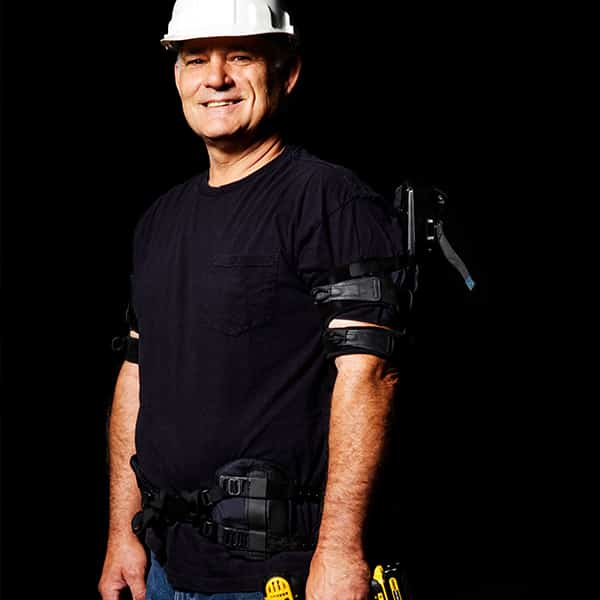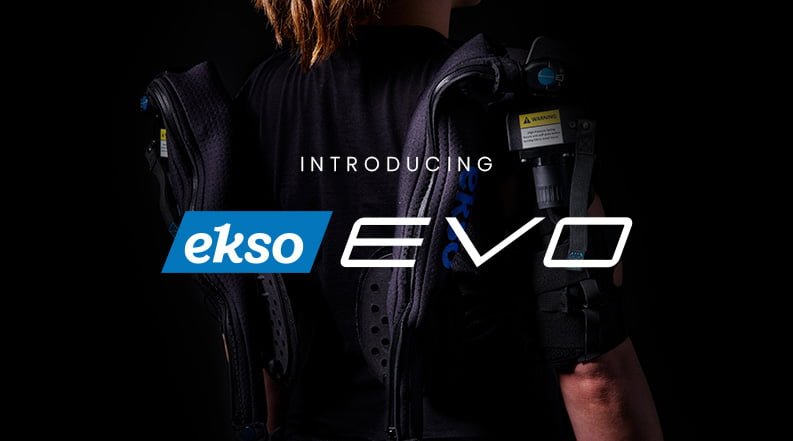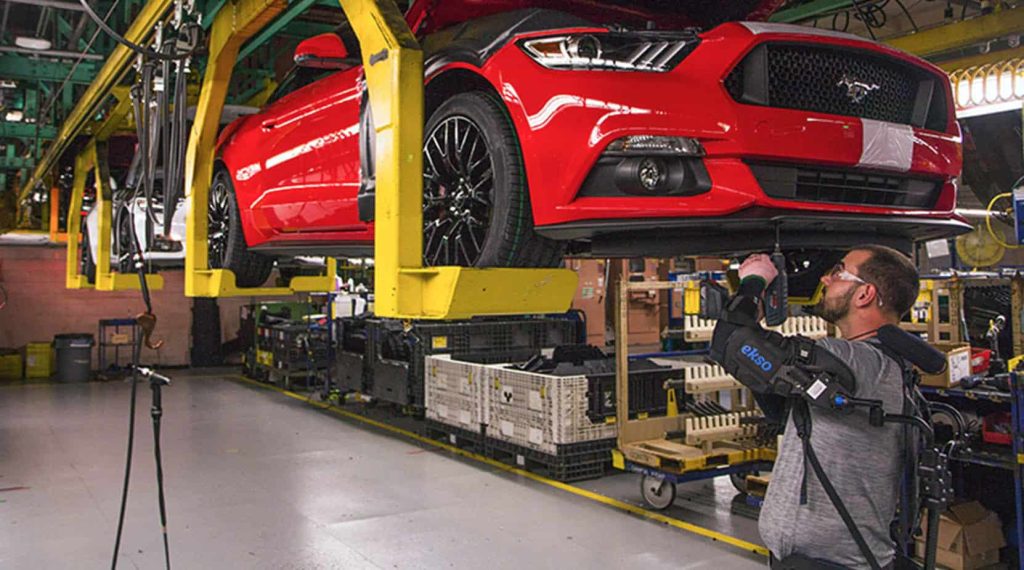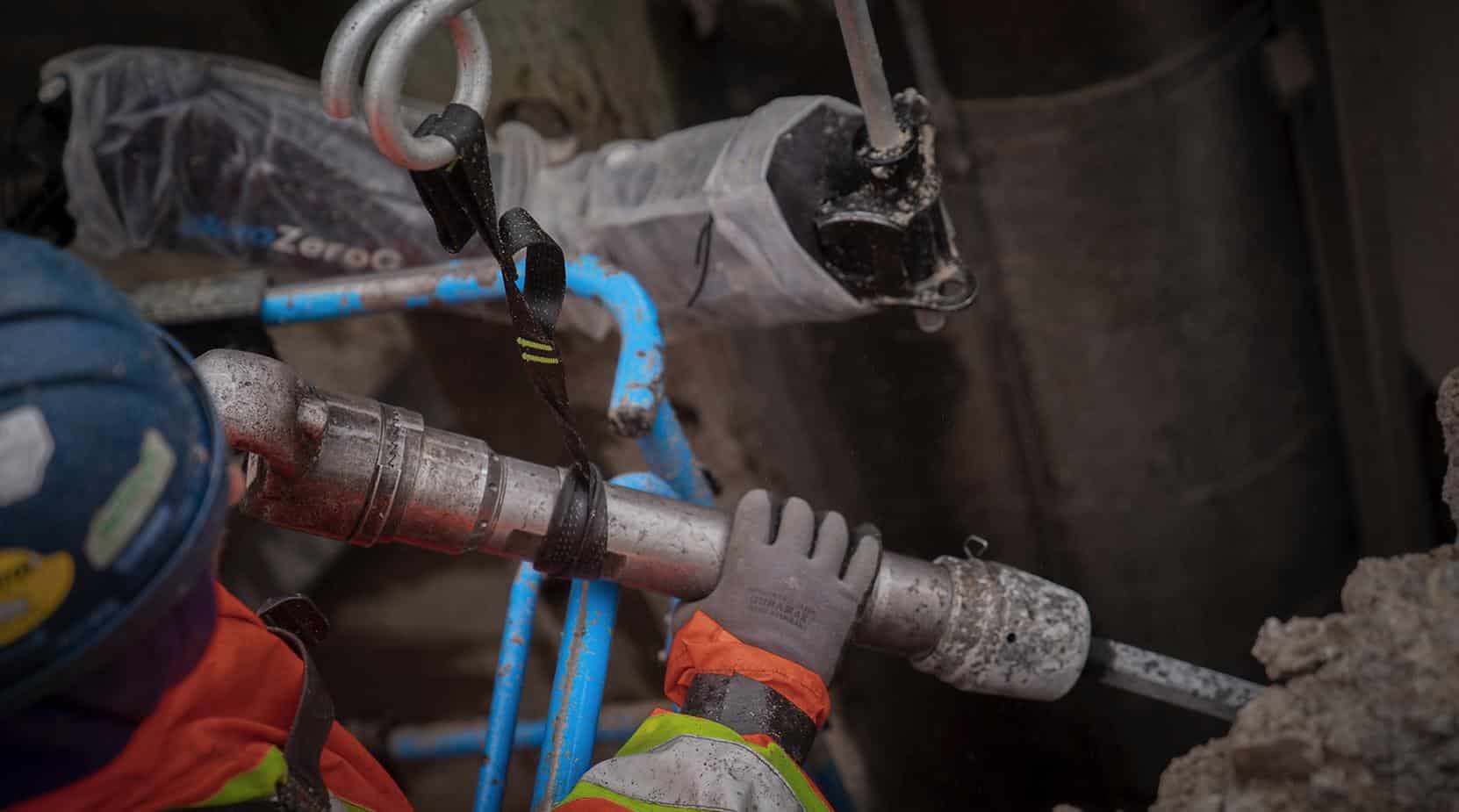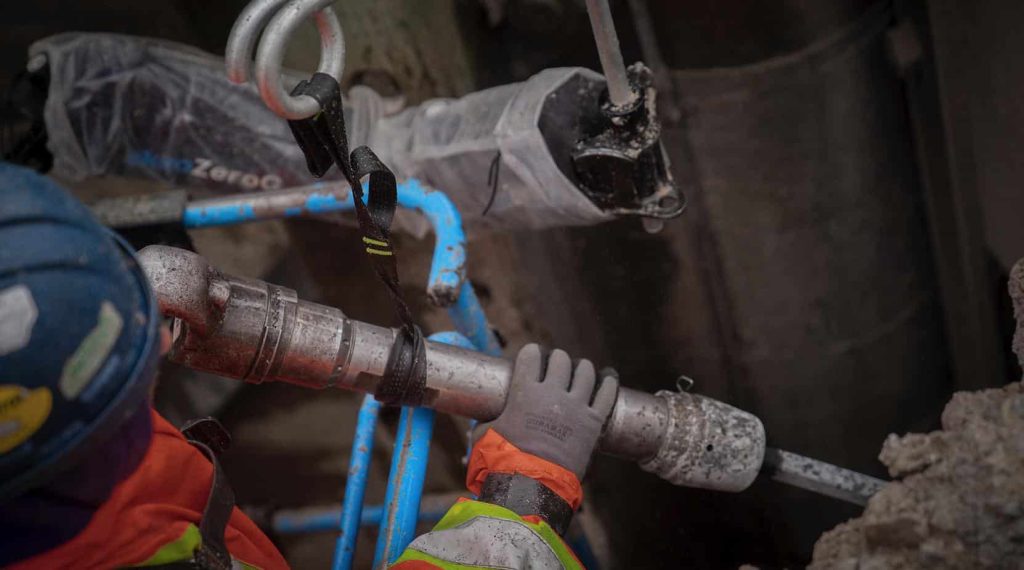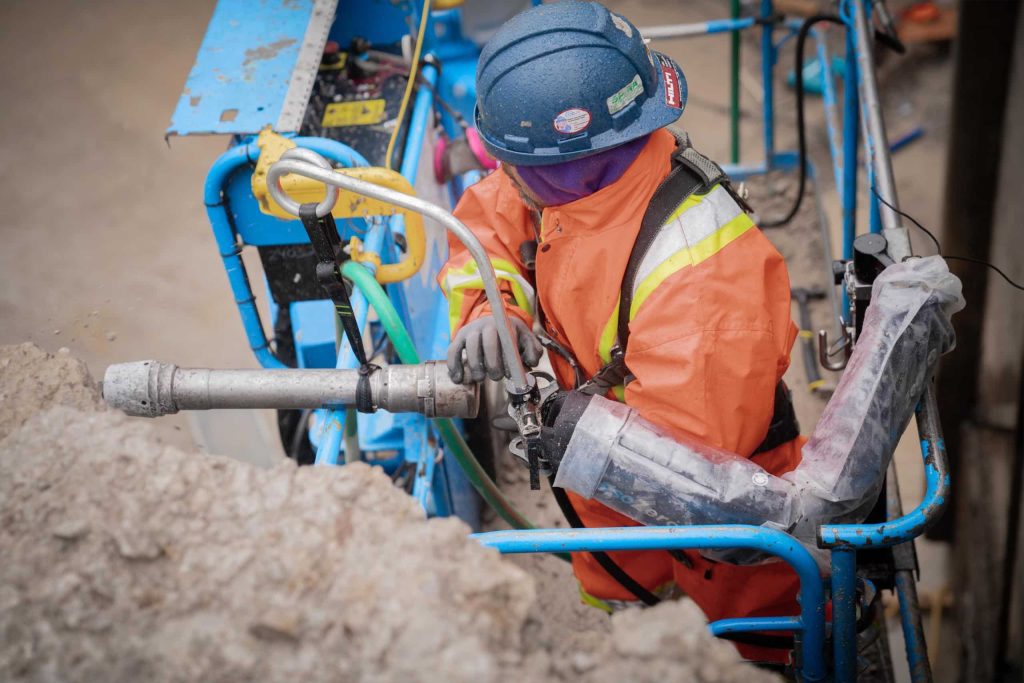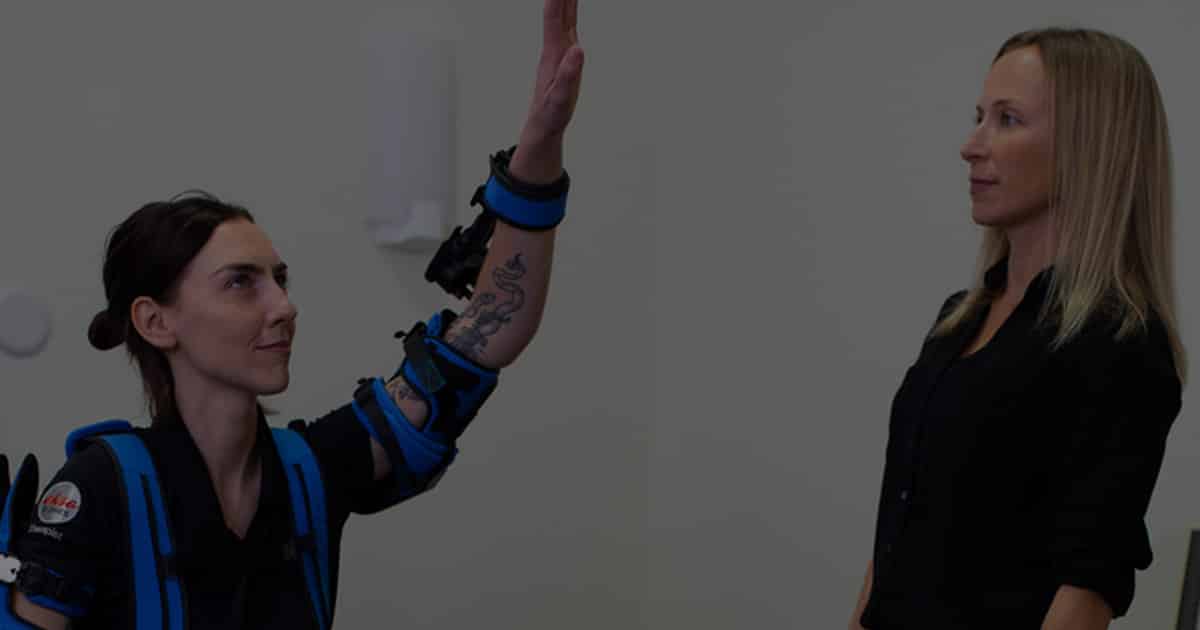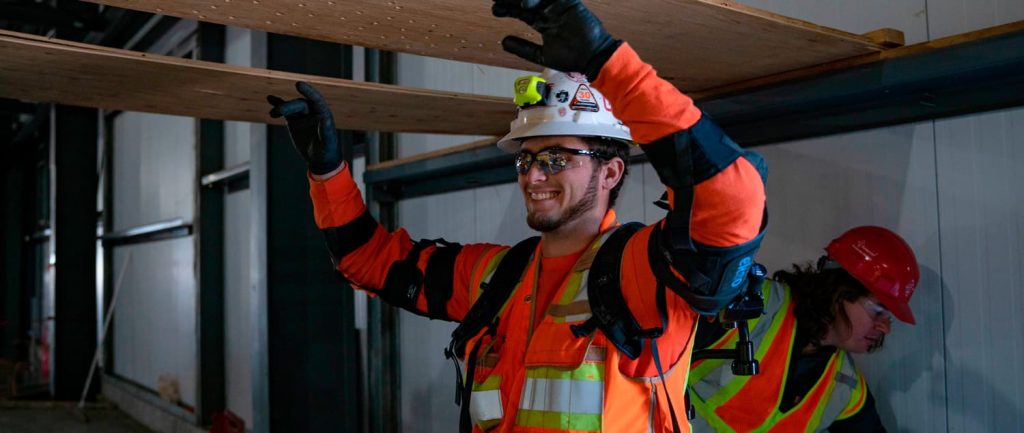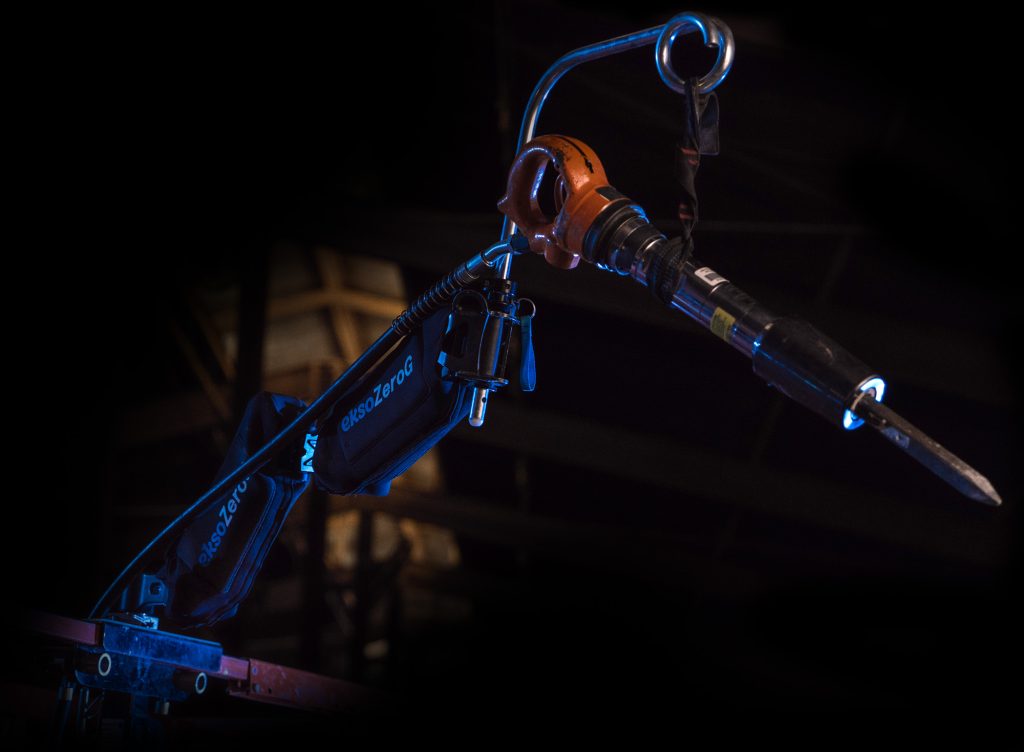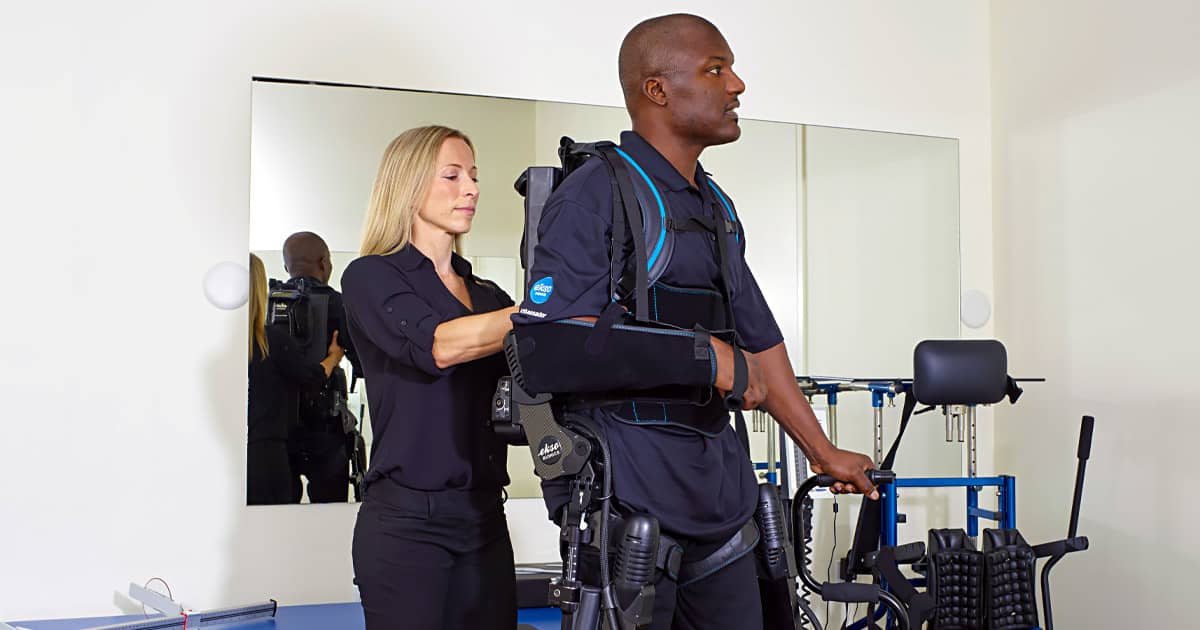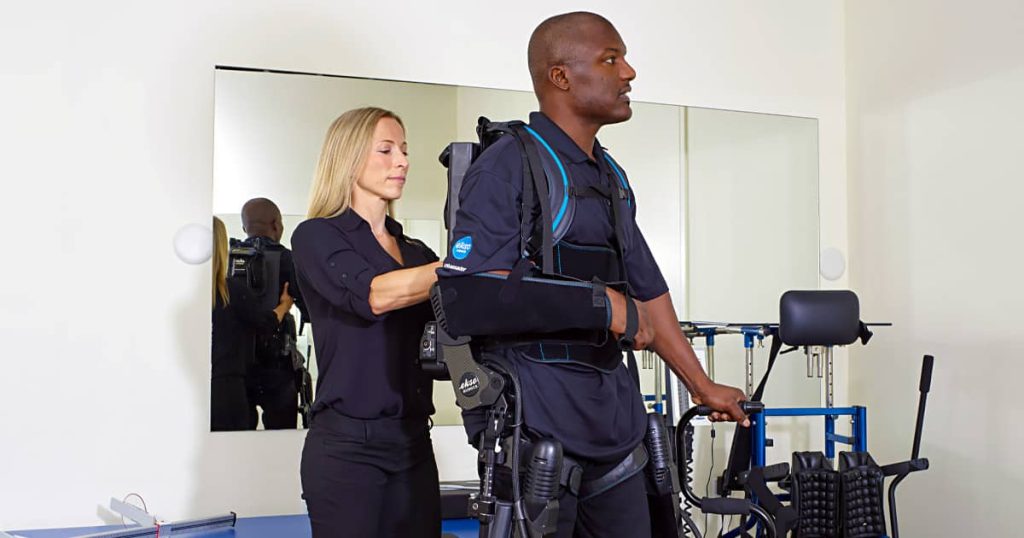A spinal cord injury (SCI) is defined as damage to any part of the spinal cord itself or to the nerves at the end of the spinal canal. These are generally traumatic injuries caused by external forces like heavy blows or cuts to the spine. Automobile accidents are the most common causes, with motorcycle accidents in the lead.
The most frequent consequence of this kind of injury is a lack of neural communication at and below the injury level, which typically results in a loss of motor function or sensation. If the injury is severe enough, it may even result in permanent alterations to muscle tissues. Losing the ability to use lower extremities naturally leads to a great loss of physical activity, which also puts patients with SCI at greater risk of cardiovascular and respiratory disorders. Even when these individuals do exercise, their cardiovascular response may be impaired.
Naturally, these changes have an enormous impact on the quality of life for patients and could even get in the way of the activities of daily living. Unfortunately, these injuries aren’t especially rare, either, with an estimated 17,700 new cases per year in the United States. The traumatic nature of these injuries makes them different from some forms of acquired brain injuries (ABIs), which can have similar consequences, including lower limb disability. ABIs, however, more frequently stem from internal sources, such as strokes or neurological disorders.
There is hope, however, for spinal cord injury patients to make recoveries. Clinical trials and advancements in medical exoskeleton technology are helping patients relearn to walk with assisted gait training. Here are some examples of these exoskeleton programs and the effects they have on wearers.
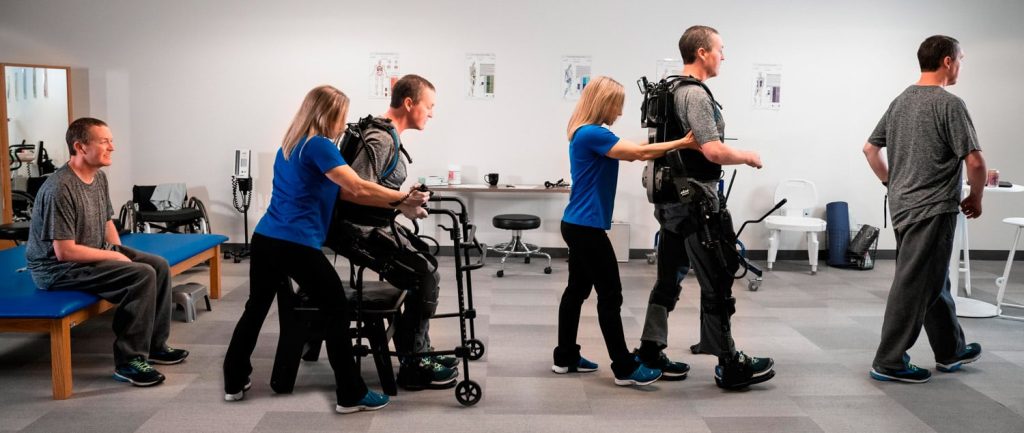
EksoGT©
Ekso Bionics is the world leader in wearable robotic exoskeletons. Our exoskeleton technology is used in a variety of industries, including both medical use and industrial applications. Lately, however, Ekso has been making more moves on the medical scene with lower limb powered exoskeletons that can help patients with stroke, ABIs, and SCIs.
Our first exoskeleton to be used in a clinical setting with physical therapists was the eLEGS model or Exoskeleton Lower Extremity Gait System. It allowed patients with paraplegia to stand and walk in a straight line. We made a significant upgrade in 2013 with our EksoGT model, which was the first robotic exoskeleton to be cleared by the FDA to be used with patients with stroke and those with SCI. This rehabilitation device was the first of its kind to apply adaptive amounts of power to either side of a patient’s body, which allowed patients to experience longer training sessions and to challenge themselves. This feature was especially useful for patients with stroke, who may experience pusher syndrome, a situation where stroke patients tend to weight shift to one side of their body. This model helped patients retain upright posture and spend more time standing throughout their entire session.
In 2020, a study came out about the energy cost and psychological impact of exoskeleton assisted gait training for patients with SCI. In this study, the EksoGT model was compared directly with the Lokomat stationary treadmill system. 15 SCI patients with varying degrees of injury were chosen to participate in gait therapy using these two devices. At the beginning of the study, each patient underwent three sessions on both devices. Afterward, each patient was assigned 17 additional gait training sessions on one of the two assistive devices. Outcomes being measured were the level of oxygen consumption, carbon dioxide production, metabolic equivalents, walking economy, and heart rate when using the assistive devices.
Overall the EksoGT model showed higher metabolic responses as well as higher scores of fatigue, both mentally and physically compared to the Lokomat. All patients showed improvement in walking economy, and both methods scored high on psychological and emotional satisfaction.

EksoNR©
Currently, the EksoNR wearable robotic exoskeleton is being used in rehabilitation centers and is billed as the go-to next step in neurorehabilitation. EksoNR is the first robotic exoskeleton to achieve Food and Drug Administration clearance to treat patients with stroke, SCI, and ABI. It is currently considered the most effective option for retraining a patient’s brain and muscles to walk again, and it has demonstrated real results with clinicians in helping patients transition from wheelchairs to crutches and, eventually, their own feet.
EksoNR has a variety of features that make it superior to previous models. It still attaches comfortably to the torso, hips, and legs to provide excellent support to hip joints, knee joints, and ankle joints. No other robot model provides more options for weight and posture support to ensure that patients are always getting the most out of their rehabilitation sessions. Smart sensors are able to continuously monitor gait patterns to regulate leg movements and prevent compensatory patterns. Clinicians can also set training goals in real-time to monitor assistance levels in each leg based on patient feedback. SmartAssist software can even support various impairment levels, ranging from full walking assistance to reacting to patient-initiated movements with a high degree of freedom.
The EksoNR program also comes with PreGait, a rehabilitation software suite that can help patients practice standing, shifting weight, test out knee motion, and step in place, all before they actually begin their gait training. This can ease patients into the idea of walking in an exoskeleton, help with building confidence, and encourage patients to make the most out of sessions. The fact that EksoNR requires active participation from all patients is proven to help promote brain plasticity, making it easier to train the brain and muscles to work again.
Lastly, the EksoNR program allows advanced users or patients with more strength and coordination to walk with added resistance on one or both legs. In this FreeGait mode, patients can also work on motor planning without the robotic trajectory. This enables patients to work on increasing endurance, enhancing their cardiovascular output, and gaining speed during walking.
The Future
If you are interested in bringing these robotic devices to your clinical practice, you can request more information or a demo from an Ekso Bionics expert. Ekso takes partnerships with clinicians seriously and will work to make your experience the best it can be. There are always new technology advancements coming out, too. With further research and development, there’s little doubt that the future for SCI and other neuro-affected patients will look even brighter.
